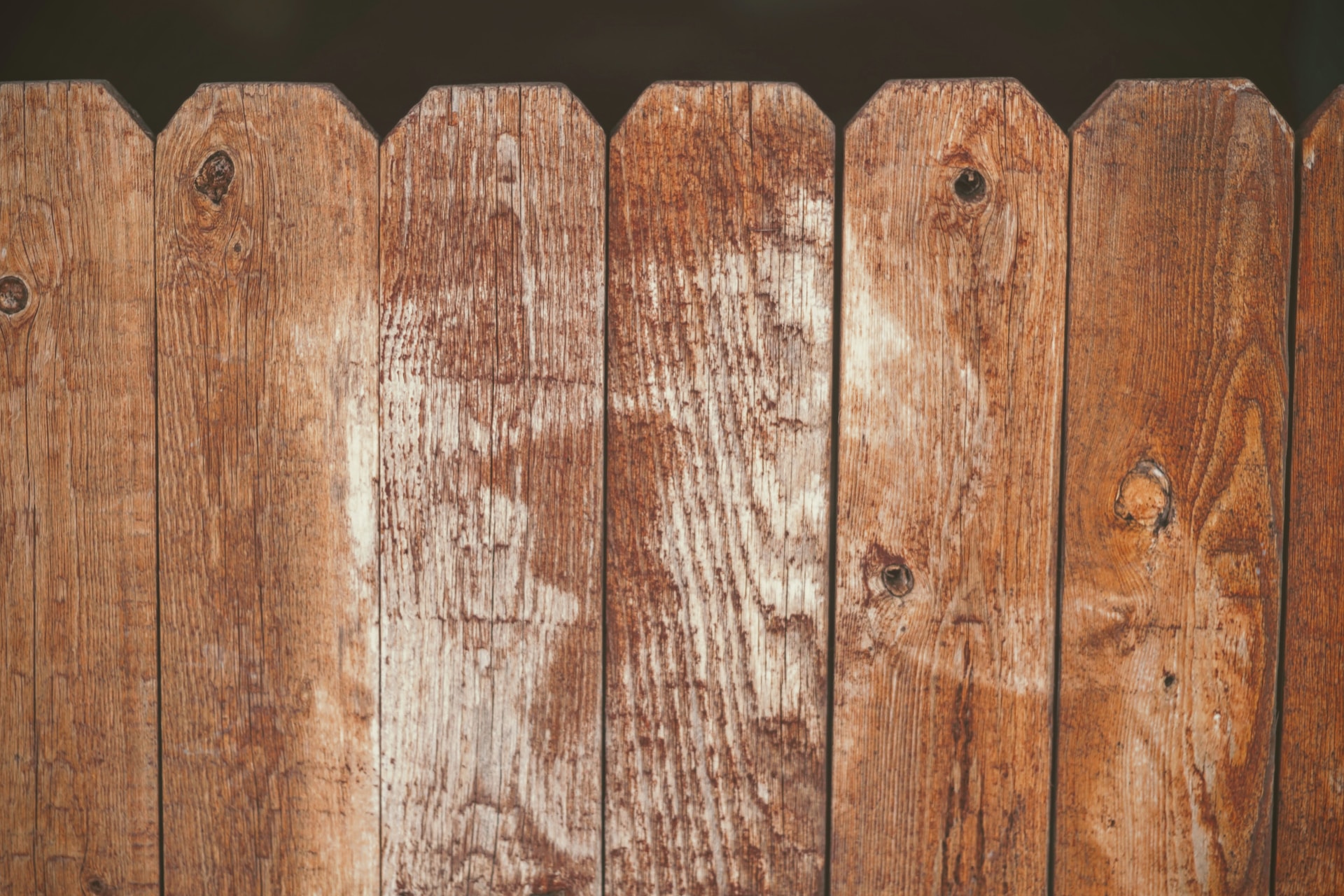ChatGPT tokenizes your input into a collection of embeddings and uses them to analyze grammar, syntax, and semantics. However, it can get confused in some areas like math, so your prompt needs to be clear and concise.
Prompts can also include specific instructions about the length, structure, and tone of a response. These can help improve the model’s accuracy.
1. Set a schedule
When you’re overwhelmed with pending tasks, ChatGPT can help you prioritize your tasks using the ABCD Method. It will automatically sort your tasks by priority, ensuring that you tackle the most important ones first.
Aside from being a free ai story generator, it can also act as your virtual cheerleader to help you stay motivated throughout the day. Simply provide it with a prompt about your goals for the day, and it will give you motivation and encouragement.
For those with creative blocks, ChatGPT can be a helpful brainstorming buddy. It can suggest unique ideas, assist with content strategy, and identify potential project risks. It can also summarize meetings by generating a transcript, saving you time and energy.
Similarly, ChatGPT can help you debug a code snippet. Just provide it with a list of steps and the chatbot will provide you with detailed instructions on how to execute them. Just remember to provide clear instructions when working with ChatGPT, as it will respond better to specific questions rather than broad generalities. This will ensure that the results are accurate and useful.
2. Set reminders
Whether you need to remind yourself of a deadline, an appointment, or something that’s on your to-do list, ChatGPT’s natural language processing is a powerful tool for getting organized and staying on top of tasks. Our AI To-Do List template can help you stay productive by creating and updating a to-do list automatically.
It can also generate ideas and suggestions for writing, brainstorming, or creative projects. If you’re having trouble coming up with a headline for your article or a catchy slogan for your new product, it can give you suggestions that might inspire you to come up with something better.
You can even use ChatGPT to format text for a specific purpose, such as creating a study guide or an essay. To get the best results, prompt ChatGPT with clear instructions and be specific about what you want it to do. For example, if you need it to write an essay, tell it how many words you want it to be and what style of writing you prefer. You can even provide it with rules, such as FAQs or other guidelines that you want it to follow.
3. Automate tasks

Automating tasks like customer service, data entry, writing, and content creation with ChatGPT frees up your team’s time for more strategic work. By integrating ChatGPT with your systems and data sources, you can use natural language prompts to automate these tasks.
ChatGPT’s ability to understand text and generate new texts in response is extremely useful. The tool can do things like summarize text, write computer code, spin up poems, write music, create tables, and translate languages — all with just a simple text prompt. However, it’s important to remember that these tools can make mistakes, so you’ll still need to check and edit their outputs.
For instance, when generating marketing materials, you’ll need to ensure that the prompts are clear and structured in a way that ChatGPT will understand. In addition, you’ll need to provide sufficient context and consider the tone of your desired responses (e.g., formal, friendly, or professional). Also, remember that generative AI tools can sometimes produce “AI hallucinations,” which are nonsensical responses that appear as though they were produced by human beings.
4. Schedule meetings
A well-organized daily schedule can improve productivity and efficiency. It can also reduce stress and improve work-life balance. To create a schedule, start by setting goals and prioritizing tasks. Next, organize the list of tasks into a sequence. Finally, review and update the schedule regularly.
Meetings are a big part of any business. They often involve multiple attendees and can be lengthy. Fortunately, there are ways to save time during meetings by using AI tools such as Tactiq and ChatGPT.
Tactiq is a powerful tool that lets you take notes during meetings, summarize meeting transcripts, and identify action items. It also lets you share these key points with participants after the meeting. The tool is powered by OpenAI GPT-4 and is available on Airgram for free.
Alternatively, you can use ChatGPT to summarize transcripts and create an internal knowledge base. For this, you’ll need to provide the AI with a few specific prompts that contain context and descriptors. For example, you can ask it to summarize a meeting transcript by saying: “tell me what happened during the meeting.” You should also provide it with some basic information, such as who spoke and what was discussed.
5. Create a to-do list
Whether you work from home or in a brick-and-mortar office, it’s important to stay organized and productive. With ChatGPT, you can create a to-do list and set reminders to help you meet deadlines. This template allows you to prompt the bot with a description of your project and generate Bubble to-dos for you.
ChatGPT is a large language model, which means it analyzes text and learns how words typically flow. It uses this knowledge to predict what token should come next. This is similar to how predictive text works on your smartphone but on a much larger scale.
Its answers are based on the training it receives, which comes from transcripts and conversations with human trainers. It can also be improved by feedback from users, who can upvote or downvote responses.
For example, you can ask the bot to advise you on task prioritization methods like the Eisenhower Matrix. It will recommend an approach that fits your specific goals and needs. You can even assign a due date and apply task labels to make the process of managing your tasks easier.
6. Create a calendar
If you have a large piece of work that’s giving you a mental block, use ChatGPT to help brainstorm unique ideas. It can also be used to generate answers for FAQs and assist with content strategy.
Whether you’re creating an editorial calendar for your blog or social media, ChatGPT can provide creative prompts that will make it easier to create and publish high-quality content. Simply input your topic, audience, and goals, and ChatGPT will generate a list of ideas that will align with those factors.
Once you’ve finalized your list of ideas, you can ask ChatGPT to create a calendar with the dates and times for each post. You can even specify the type of post, such as a video or a photo. You can even ask for caption suggestions or copywriting phrases to make your posts stand out.
Using AI to make your work life more efficient can increase productivity and reduce stress. ChatGPT can help you manage tasks and keep your work on track, while reducing the amount of time you spend in meetings.
7. Create a task list
ChatGPT can help companies streamline internal communication, enhancing productivity and collaboration. However, it’s important to note that if the training data on which the model is based has any bias, it may be reflected in the responses it provides. Including diverse and representative data can mitigate this risk, while also improving accuracy.
If you’re feeling overwhelmed by a ton of tasks on your plate, ask ChatGPT for help prioritizing them. It can advise on popular task prioritization methods such as the Eisenhower Matrix or ABCD Method, making it easier to focus on what’s most critical.
Additionally, ChatGPT can help create quizzes and surveys. Simply prompt it to answer questions about a subject and it will automatically generate answers for you. Marketers can then use these answers to develop effective marketing strategies.



















